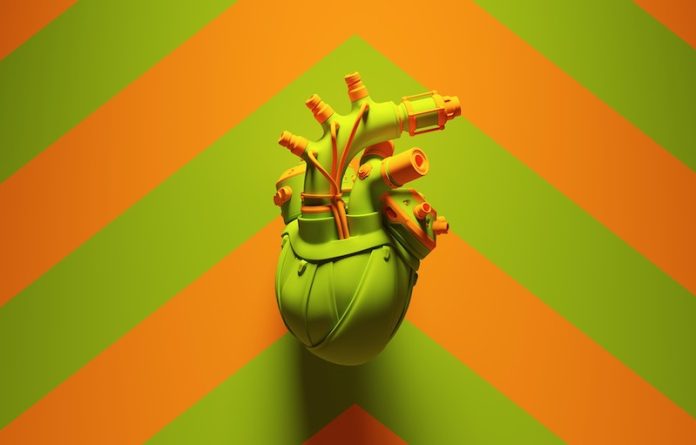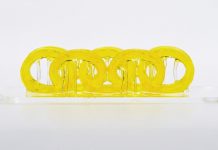
3D Printing Innovations for Cardiac Treatment
Researchers at Harvard John A. Paulson School of Engineering and Applied Sciences (SEAS) have developed a hydrogel ink enriched with gelatin fibers, facilitating the 3D printing of a functioning heart ventricle that mimics a human heart’s beating.
This groundbreaking development was published in the Nature Materials journal.
3D-Printed Hearts: Moving Beyond In Vitro Platforms
This innovation aids bioengineers in constructing heart tissues and structures, enhancing in vitro platforms for novel therapeutics discovery for heart disease – the leading cause of death in the United States.
It also provides a platform for evaluating patient-specific treatment responses and might one day allow for the fabrication of implantable tissues to heal or replace diseased structures within a patient’s heart.
Fiber-Infused Gel Ink: Key to Organ Mimicry
The crux of this development lies in a newly crafted fiber-infused gel (FIG) ink. Suji Choi, the study’s lead author and a research associate at SEAS, and Kevin “Kit” Parker, head of the Disease Biophysics Group at SEAS, found that this unique ink facilitates the coordinated beating of heart muscle cells in a 3D-printed ventricle structure, similar to a human heart chamber.
This alignment of cardiomyocytes, the cells responsible for contracting heart muscle, has remained elusive with 3D printing techniques until now.
Advanced Spinning Techniques for Gelatin Fibers
To create the FIG ink, the researchers utilized a rotary jet spinning technique that fabricates microfiber materials in a way similar to spinning cotton candy.
This method proved advantageous over more traditional methods like electrospinning, which can degrade proteins due to the electrical fields used.
Once the fibers were spun, they were broken down into smaller pieces using sound waves and then dispersed into a hydrogel ink.
Application: Heart Ventricle That Mimics a Human Heart
By controlling the direction of the printing, researchers could also control how the heart muscle cells align.
Applying electrical stimulation to the 3D-printed structures resulted in coordinated contractions, with the ventricle-shaped structure pumping similarly to real heart ventricles.
While the 3D-printed ventricle model is simplified and not as strong as a real heart tissue, it could pump 5-20 times more fluid volume than previous 3D-printed heart chambers.
This technology also holds the potential for creating heart valves, dual-chambered miniature hearts, and more.
The research team is continuing its quest to build human tissues for regenerative therapeutics, further developing and refining their methods for additive manufacturing.
If you care about heart health, please read studies about how eating eggs can help reduce heart disease risk, and Vitamin K2 could help reduce heart disease risk.
For more information about heart health, please see recent studies about how to remove plaques that cause heart attacks, and results showing a new way to prevent heart attacks, strokes.
The study was published in Nature Materials.
Follow us on Twitter for more articles about this topic.
Copyright © 2023 Knowridge Science Report. All rights reserved.



